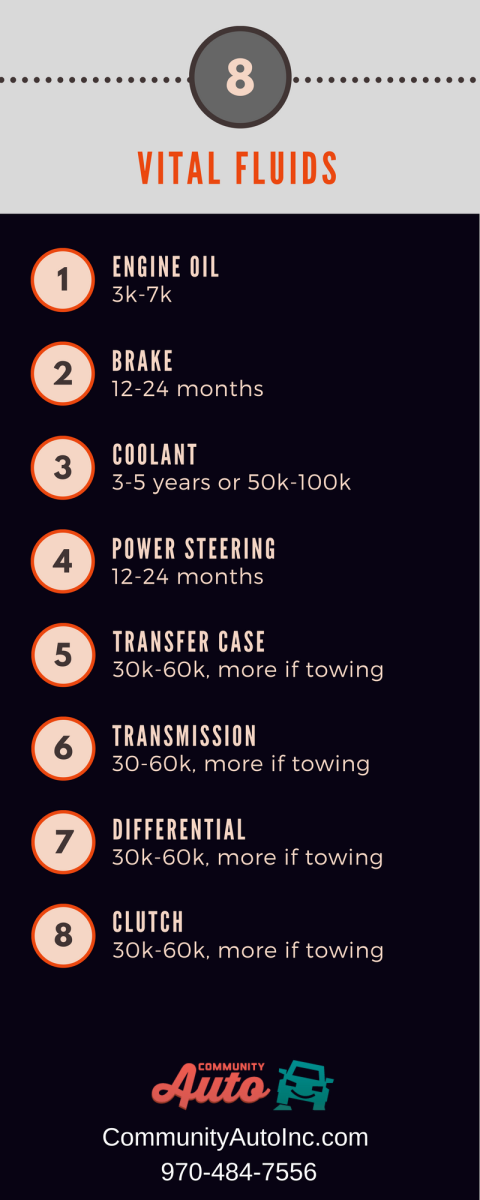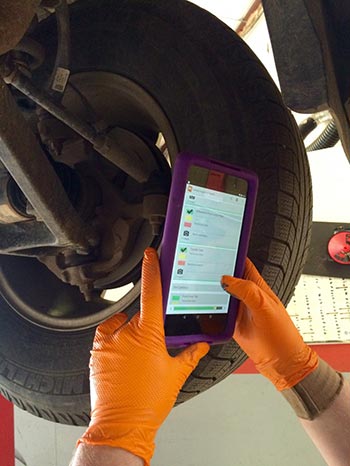Posted on 2/1/2018

In our experience, it seems most vehicle owners know their vehicle needs an oil change. Next, they may know about a transmission flush and maybe even know a thing or two about car coolant. But when it comes to all the vital fluids needed to keep a vehicle running, many drivers are in the dark. Vital fluids are an integral part of a functioning vehicle, hence the name. It’s important to understand the fluids involved in keeping your vehicle functioning and the importance of keeping them clean. Do you know your vehicle has eight unique fluids pumping through its veins? These fluids flow through and lubricate all of the vehicle's systems. The brake system, transmission, cooling and--as you know--engine all depend on fluids to function. These fluids are: Engine OilBrakeTransmissionCoolantPower Steering ... read more
Posted on 3/2/2017

Is buying a new car a waste of money? I get it–they’re pretty, and sparkly and new. They have all these features and leather seats that cool your back in the summer and an automated navigation system that talks to you even when you don’t want it to. Who wouldn’t want that? But if you can negate the idea that social status is tied to the car you drive (which is a myth, really), you’ll save yourself a lot of money that you can instead put towards things that will truly increase your happiness and well-being. A new vehicle is an expense, not an investment. Just by driving it off the lot, a vehicle depreciates by 11%. Wow! After one year of driving that new vehicle it will have depreciated by 25%, after three years 46% and after five years that vehicle will be worth 63% less ... read more
Posted on 9/24/2016

Just because your serpentine belt doesn’t appear to be cracked, don’t think your auto mechanic is wrong when he says it needs to be replaced. Drive belt technology has improved in newer vehicles, meaning there is new criteria for determining if a belt is worn. If you have a late-model vehicle, listen up. Let’s start with a quick lesson on drive belts, so we’re all on the same page. Drive belts come in two forms, or types: v-belts and serpentine belts. Timing belts, however, are different. A timing belt makes the engine work. Vehicles have 1 timing belt and anywhere from 1 to 4 drive-belts. Drive belts transfer power from the engine to your vehicle’s A/C, power steering, and alternator. Without drive belts, these systems don’t operate. Common knowledge tells us that drive belts need to be replaced when they show signs of cracking. This is true. However, in newer vehicles, a drive belt that has natur ... read more
Posted on 4/11/2016

While not quite there, our shop is well on the way towards being…paperless! Community Auto is always super excited to rock new technologies so I thought I’d share with you our exciting avant-garde, the Digital Automotive Inspection! Just like a physical exam from your doctor, technicians are trained to inspect a vehicle’s health in a bumper-to-bumper fashion, assessing the the health and safety of various parts and components and recording their findings in a way you’ll understand. They procedurally go over the vehicle, checking belts, hoses, fluids, tires, suspension, etc. and inspect for any issues or soon-to-be issues. In the past, technicians used paper forms to record their findings, leaving greasy fingerprints on the forms and hard-to-read sloppy handwriting (to the defense of mechanics everywhere, going directly from turning a wrench to writing with a little pen is dexterous!). But luckily for us ... read more